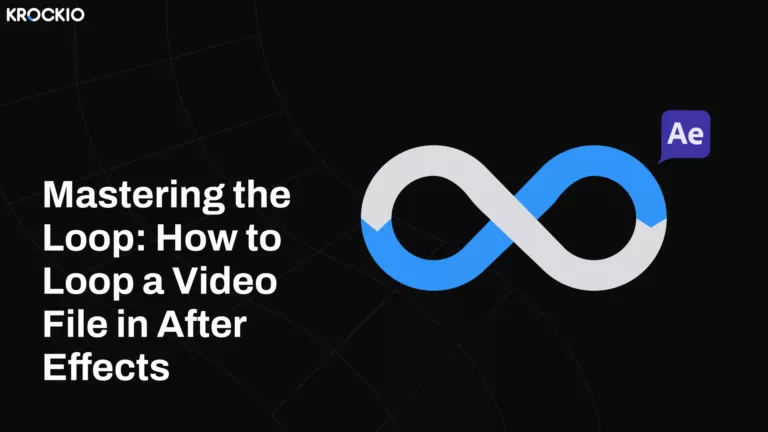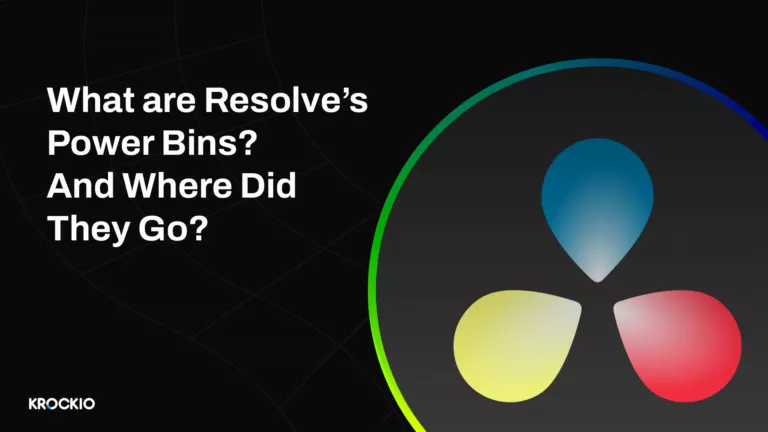Avatar is still the highest-grossing movie of all time, with a global gross of more than $2.8 billion, 13 years after its premiere. The groundbreaking use of virtual production technology, which has aided in the development of increasingly complex performance capture techniques, and the ability to observe actors and CG elements live on set using a “virtual” camera are both generally praised in the industry.
![]()
Avatar: The Way of Water is already being talked about as a major award contender, particularly in technical and craft categories like cinematography, production design, VFX, and editing.
However, the movie still has a long way to go before it can even break even on its rumored $350-400 million budget (much of which is estimated to be split among three more follow-ups).
What had Cameron created before?
Cameron has written and directed two of the most popular sequels of all time, Aliens and Terminator 2: Judgment Day, so he is no stranger to them. As soon as it became clear that Avatar had been a tremendous hit, preparations for a sequel started.
The director, producer Jon Landau, and other important department heads gathered in the spring of 2010 to discuss the components of the filming process that had gone well and those that might have been better. This activity resulted in the choice to continue investigating the tale universe, which produced 1500 pages of notes—too many to cover in a single film.
![]()
The thoughts were turned into an ambitious quartet of four movies with the help of screenwriters like Rick Jaffa and Amanda Silver (who both wrote the reboots of The Planet of the Apes). It took months, but Cameron insisted on finishing all four screenplays before beginning production.
In the production notes for the Disney movie, Cameron stated:
“I wanted to plot out all the tales and then have the economies of scale of collecting the performers across numerous films and then recording the live action.”
The idea was to combine the many production phases—performance capture, live action, and post-production—all at once.
![]()
The Avatar sequels continued to explore new biomes and societies on Pandora rather than inventing a plethora of new worlds and moons. He reasoned that, like Earth, the moon might have a variety of landforms. After all, the globe is like Pandora.
The director has spent a significant portion of the last ten years working on environmental and exploratory initiatives. In 2012, he set a solo deep diving record by diving 35,787 feet into the Mariana Trench.
Cameron, who seems as at home on land as in the water, seems to wish to build on the legacy of the late filmmaker and aquatic pioneer Jacques Cousteau.
3D filming of Avatar 2
The movie’s use of 3D is another essential visual component. After being dismissed for years as a gimmicky novelty, 3D filmmaking had a major revival as a result of Avatar.
![]()
James Cameron is adamant that the future of film will be an immersive experience made possible by 3D when done well.
So, how does “doing 3D correctly” appear?
Well, it entails filming in 3D first and foremost. as opposed to retrospectively creating a third dimension in the post (a practice that gained a lot of traction following the success of Avatar). The live-action scenes were captured by Cameron and his crew using his own Fusion 3D camera.
Production of Avatar 2
Two Sony F950 cameras, one for the left eye and one for the right, were utilized in the Fusion 3D setup.
![]()
The setup uses two cameras, one positioned vertically and the other horizontally, to accomplish this. In order to capture pictures from close-by human eyes, both cameras fired through a beam splitter.
![]()
Cameron was pleased with the bulk of the 3D movies that came after Avatar, despite his excitement for the 3D developments he oversaw on that picture. Cameron claims that studio avarice undermined the technology and gave the impression that it was a shoddy, money-making plan.
The look of Na’vi
James Cameron envisioned beings with blue skin that were graceful, slim, and nonetheless had humanoid proportions and facial features. Jordu Schell made the initial idea sculptures to capture the style, and James Cameron responded to them right away.
Following the approval of a broad Na’vi design, Stan Winston Studio artists under the direction of John Rosengrant further developed the final color and skin texture, which included stripes and a bioluminescence pattern, in Photoshop.
The crew developed and presented a wide range of Na’vi-inspired looks, keeping in mind details like how the color scheme should still resemble real skin rather than artificial body tattoos.
![]()
Once Photoshop renderings were approved, the next step in the conceptual process involved the transference to 3D space. Stan Winston Studio took photographs of models in key poses with a variety of facial expressions.
Scott Patton brought those to ZBrush to resculpt them as Na’vi characters. They were supposed to resemble their human counterparts to make it easier for audiences to recognize and relate to them. For example, Sigourney Weaver’s Na’vi avatar retains the actress’ distinctive small nose.
Conclusion
Many of the sequences for Avatar 3 and some for the fourth in the series have already been filmed, in addition to the performance capture that has already been made for some of the main actors. Normally, movie studios shoot every scene on set before demolishing it, but this time, they shot sequences for forthcoming sequels to avoid having to rebuild the set.
Since any changes to a character in The Way of Water would have an influence on Cameron’s overall concept for the plot span in Avatar 4, which isn’t scheduled to enter theaters until December 2026, editing had to consider the story and character arcs spanning numerous movies from the beginning.







